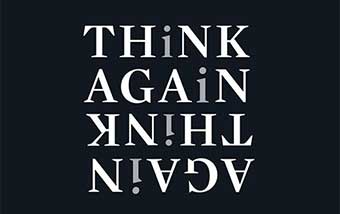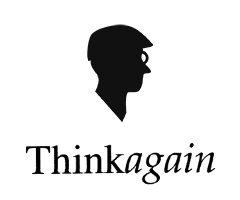Koolaid Consciousness
Pain really does hurt, but what is it that hurts? In consciousness, the subjective and objective are mysteriously unified. I am unmistakably corporeal, and yet also, unmistakably, immaterial. I have diverse sensations and thoughts, yet I am unitary. I unconsciously act and feel, and yet have agency and free will. I daydream and sleep, and yet have continuity. I am both me and I refer to ‘me’. I am self-disclosing.
Our experience of consciousness is outside of normal mental categorization. We experience ourselves as ineffable.
“No currently available concept of induction is applicable to it.” Thomas Nagel, philosopher.
“We are the singular of which the plural is unknown.” Erwin Schroedinger, physicist.
“I AM THAT I AM”. God, to Moses at the burning bush.
“Most experiences are made sense of in relation to other types of experience. . . Any experience immune to all this will be a mystery to its subject. There is only one experience for which that is completely true: phenomenal consciousness.” Natika Newton, Journal of Consciousness Studies, 2001.
“What we can’t say, we can’t say, and we can’t whistle it either“. A. S. Ramsey, philosopher.
In Soul Dust, for psychologist Nicolas Humphrey consciousness is a sensation. Whatever sensation is, consciousness is. A reaction to stimuli is always an action. No sentience, no brain phenomenon is passive. All mentation is behavior. Responses to the outer world get internally registered, and they become representations. These representations then also become aspects of our further experience. Conscious beings become dual processors, they process outer world experience simultaneously with inner world representations of current and past outer world experience. An ever expanding loop of internal and external responses, and responses to responses, reverberates into a self-sustaining loop of memory, thinking, and feeling. . . and this is what we call CONSCIOUSNESS.
“Because our present experience includes at least two distinct times, it is experienced not as an instantaneous slice of time, but as a extended time, containing elements of both ‘now’ and ‘not now’, in a unified, immediate representation.”
This thickened time of consciousness, this cinema of consciousness, creates an artificially robust illusion of willful power and sense of the future. It enables us to imagine possible futures, design behavior strategies, plan and seek goals. This inner theatre gives us a sense of creative agency that drives us to endure.
But it is an illusion. We are all drinking the koolaid.
And there is a cost, for with our inner extended time, we can sense that we aren’t significant, we can know that we are going to die. We can try to find meaning, we can try to escape. We are seek intoxicated, altered states. These can be enlightening, they can illuminate the distortions of our normal consciousness, but they can also deepen our confusion, and worsen our dread. Many of us can’t manage consciousness, despair is not uncommon, suicide is not rare.
With our consciousness we transform the earth, with ever-increasing risk and reward, the genie out of the bottle.


